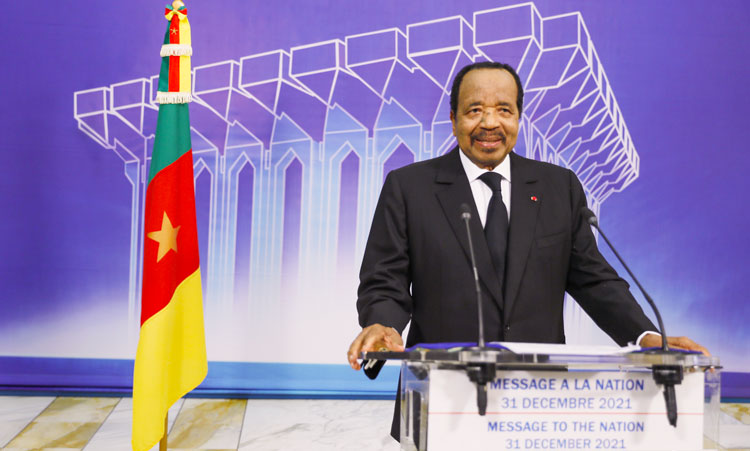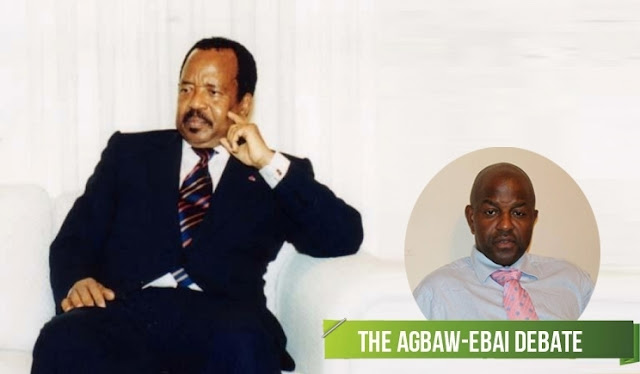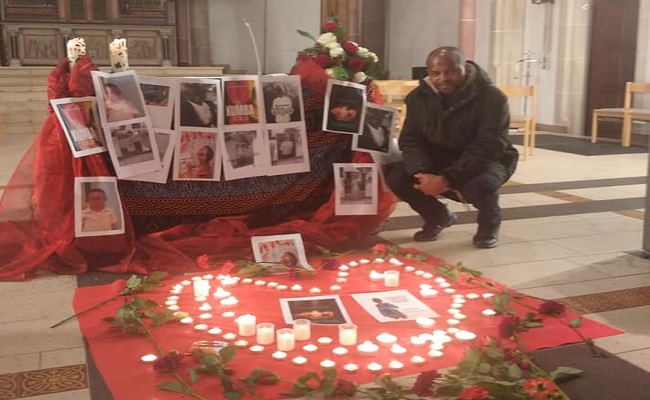Privacy Overview
This website uses cookies so that we can provide you with the best user experience possible. Cookie information is stored in your browser and performs functions such as recognising you when you return to our website and helping our team to understand which sections of the website you find most interesting and useful.

















5, April 2020
The Present Continuous Tense of Palm Sunday 0
by soter • Editorial, Headline News, Religion, World
Ste Anne’s Parish, Salem MA, Roman Catholic Archdiocese of Boston
Palm Sunday Catechesis: (April 5, 2020)
The Present Continuous Tense of Palm Sunday:
“Blessed is He who comes in the Name of the Lord” (Mark 11:9)
Dear Holy People of God,
Today, we celebrate the liturgy of Palm Sunday, in which we enter in a sacramental sense, Jesus’s entry into Jerusalem.
1. In the Gospels of Mathew, Mark and Luke, more pointedly in Luke, Jesus’ entire ministry is one, long preparation for this journey to Jerusalem, so much so that Jerusalem, the City of David, appears as the interpretive principle of the ministry of Jesus: Jesus lives for the vision of Jerusalem, a vision that embodies the universalization of the Yahweh’s promise through Israel to the nations of the world: “And many peoples and great nations will come to seek the LORD Sabaoth in Jerusalem and to entreat the favour of the Lord” (Zechariah 8:22). Hence, the journey to Jerusalem, in the light of the inner development of Israel’s faith, marks an eschaton moment in which the particularity of Israel’s calling as a nation by God (Genesis 12), is accorded a definitive and an irrevocable openness to the nations.
2. With this journey, Israel’s Passover becomes the Passover of the nations, and only in this sense can the Christian enter into the spiritual heritage of Israel’s faith: the Passover, celebrated in Jerusalem, in the particularity of Israel, becomes the Eucharist, in the universality of the nations, so much so that the words of the Psalmist find their concrete fulfillment: “From the rising of the sun to its setting praised be the name of the Lord!” (Psalm 113:3).
3. On the other hand, the Gospel of John presents not one (like the Gospels of Mathew, Mark and Luke), but three Passover Feasts, namely, the cleansing of the temple (John 2:13-25), the multiplication of the loaves (John 6:4), and finally, the Passover of the death and resurrection of Jesus (John 12:1, 13:1). For the write of the gospel of John, Jesus is the Passover Lamb who, as the Lamb of God, takes away the sins of the world (John 1:29).
4. There are therefore, two versions of the journey to Jerusalem in the four gospels: the gospels of Mathew, Mark and Luke embody one layer of meaning in which the public ministry of Jesus is a single ascent to the mountain city of Jerusalem, and, on the other hand, the version of the Gospel of John, in which there is a back and forth from Jerusalem, and in the final analysis, Jesus becomes the Sacrificial Lamb for the world.
Given this biblical context, let us examine more closely, the text that, in my opinion, stands out from today’s liturgy of the word:
5. The text is from the cry of the crowds that followed Jesus: “Hosanna! Blessed is He who comes in the Name of the Lord” (Mark 11:9). As Joseph Ratzinger/Benedict XVI points out in a very significant text, “People had heard of the prophet from Nazareth, but he did not appear to have any importance for Jerusalem, and the people there did not know him. The crowd that paid homage to Jesus at the gateway to the city was not the same crown that later demanded his crucifixion” (Joseph Ratzinger/Benedict XVI, Jesus of Nazareth, Vol. II, p. 8).
6. Dear Holy People of God, very early on, Christian liturgy saw in the proclamation of the Palm Sunday crowds, the entry into the abiding presence of the Lord who comes. Palm Sunday led the early Church to quite organically, place this proclamation just before the Rite of Consecration, in the text of the Holy, Holy, Holy Lord: the triple Sanctus, Sanctus, Sanctus, holy, holy, holy, is a reminder of the Trinitarian God: the first “Holy” is to the Father, the second “Holy” is to the Son, and the third “Holy” is to the Spirit (Augustine of Hippo, De Trinitate).
7. I do not think that the decision of the early Church to chant the “Holy, Holy, Holy Lord, (…) Blessed is He who comes in the Name of the Lord, Hosanna to the Son of David (…),” just before the Rite of Consecration, – as we still do today at every Holy Mass, was an exercise in serendipity. I think the Hosanna chant showed a conscious profession that in what they were about to encounter in the form of Bread and Wine, in the Eucharist species, the Son of David, just as he rode into Jerusalem, truly comes into the Jerusalem of the Church of the here and now.
8. In this sense, therefore, Palm Sunday takes on a new meaning, thanks to the sacramental sense of the Christian liturgy. Palm Sunday is not something of the past. In the liturgy, Palm Sunday comes alive. The Lord comes into the assembly gathered around his Name. The Eucharistic liturgy is therefore, the locus, the place wherein Palm Sunday happens. “Blessed is he who comes in the name of the Lord,” the Church’s faith proclaims before the Rite of Consecration.
9. The Liturgy of the Church is therefore, the sure guarantee of the timelessness and present-continuousness of Palm Sunday. Only in that chant of the Church’s faith, do we find the enduring meaning and efficacy of Palm Sunday. And if such is the state of things, it therefore is the case that Palm Sunday can only come alive and be sensible when the individual is united or allows the self to enter into the believing community. In other words, it is possible to have a nirvana-experience of Palm Sunday.
10. And isn’t this a source of hope and encouragement for us today, when, frightened so much by the pandemic of COVID 19, we might feel alone, perhaps abandoned, frightened and anxious about the present and the future? Palm Sunday, as a gateway into the communio of the reality of the Church, offers us the comfort that the Lord is coming, a coming that is not just something of the future, talk less of the past, but a coming that is, in its most profound level, a thing of the present, a present that brings the past with it and opens up to the future, thereby ensuring a present-continuous sense of purpose and meaning, for with the Lord, present in our midst, the believer knows that he or she has a future, for where the Lord is, life overcomes death, light overcomes darkness, love overcomes loneliness and the fear of the unknown. And because the Lord is coming to us, the believer can face tomorrow and today! Amen!
11. May the Lord bless you and keep you! May the Lord let his light shine upon you! May the Lord be close to you and fill you with his peace!
Fr Maurice Agbaw-Ebai